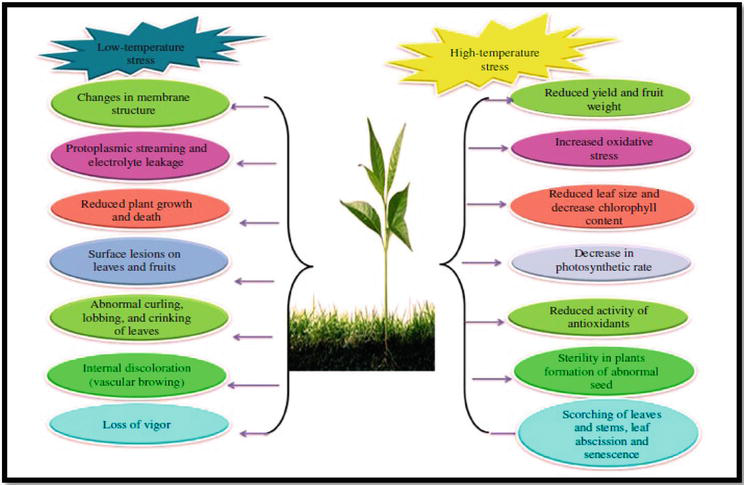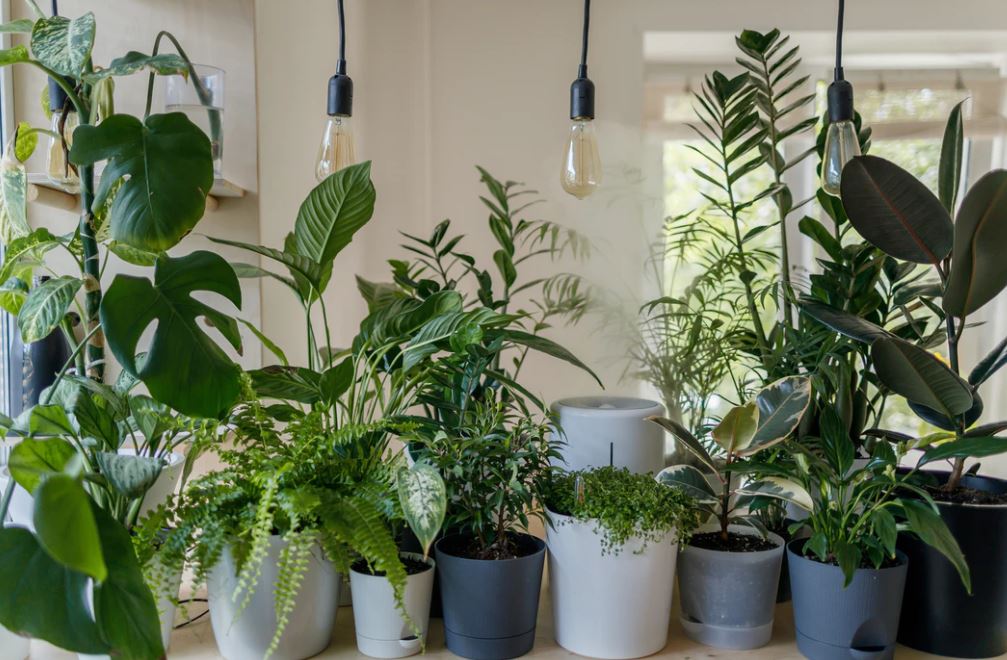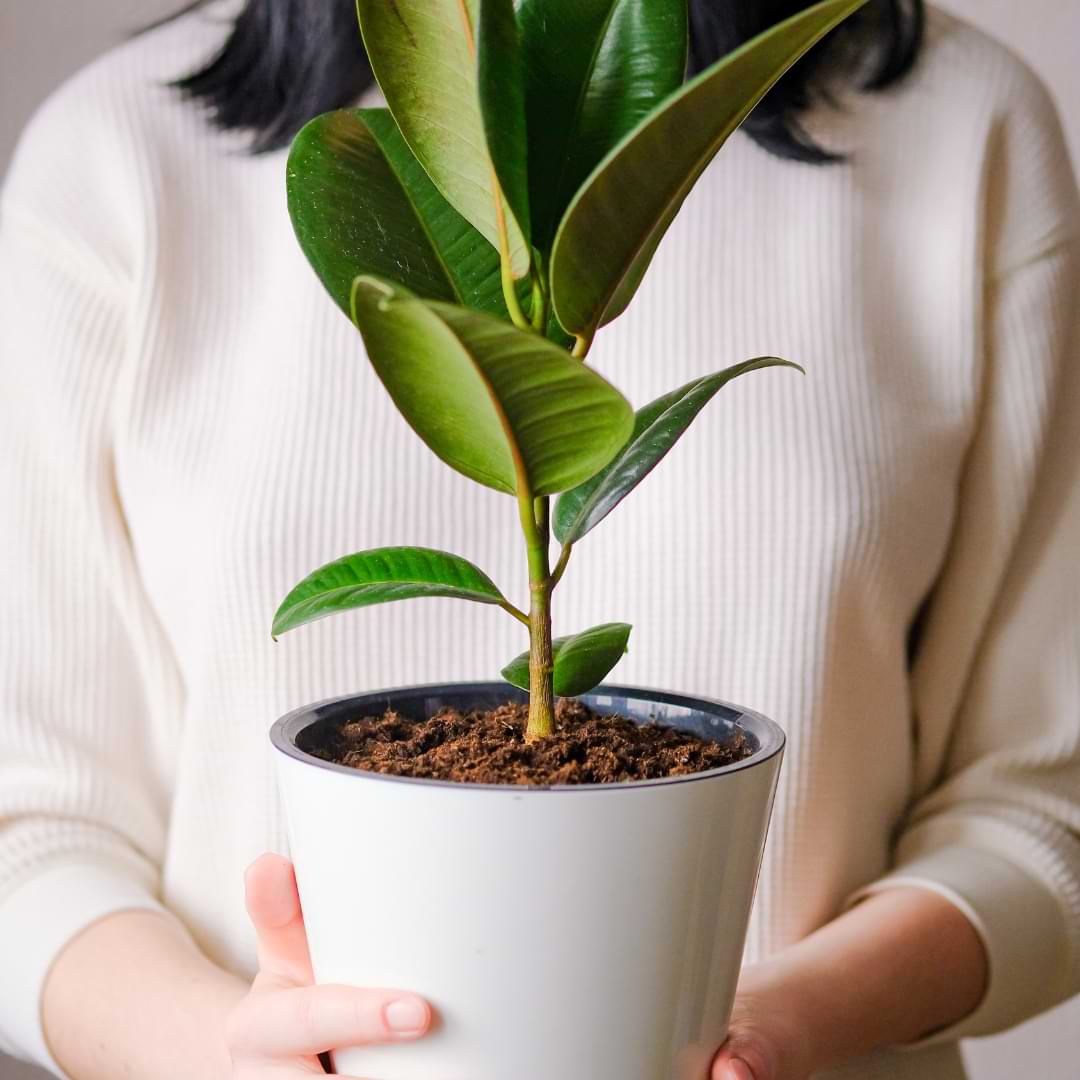How to reduce plant stress during seasonal changes?
Seasonal changes can be a challenging time for plants as they adapt to fluctuating temperatures, light levels, and humidity. This can lead to stress, which in turn can affect the overall health and growth of your plants. Fortunately, there are several strategies you can employ to help reduce plant stress during seasonal changes and ensure your plants thrive year-round.
1. Maintain consistent watering
During seasonal changes, it’s important to monitor your plants’ water needs closely. Changes in temperature and humidity can affect how quickly soil dries out, so be sure to water your plants as needed to prevent them from becoming dehydrated. Overwatering can also be detrimental, so be sure to strike a balance and water your plants consistently.
2. Provide adequate light
Plants rely on light for photosynthesis, so it’s crucial to ensure they receive adequate light during seasonal changes. Position your plants near windows or invest in grow lights to provide them with the light they need to thrive. Be mindful of changes in daylight hours and adjust your plant care routine accordingly.
3. Monitor humidity levels
Fluctuations in humidity can stress out plants, especially those that require specific moisture levels to thrive. Invest in a humidity monitor to keep tabs on your plants’ environment and consider using a humidifier or pebble tray to increase humidity levels if needed. Mist your plants regularly to provide them with an extra boost of moisture.
4. Adjust temperature as needed
Plants are sensitive to temperature changes, so be sure to keep an eye on the temperature in your plant’s environment. If temperatures drop too low, consider moving your plants to a warmer location or using a heat mat to provide them with additional warmth. Conversely, if temperatures rise too high, consider using a fan to improve air circulation and prevent heat stress.
5. Fertilize appropriately
Seasonal changes can affect your plants’ nutrient needs, so be sure to adjust your fertilization routine accordingly. Consider using a balanced fertilizer or a specialized fertilizer blend that meets your plants’ specific needs. Be careful not to over-fertilize, as this can lead to nutrient imbalances and stress out your plants.
6. Keep an eye out for pests and diseases
During seasonal changes, plants are more vulnerable to pests and diseases, so be sure to keep a close eye on your plants for any signs of infestation or infection. Inspect your plants regularly for pests such as aphids, mealybugs, and spider mites, and treat any issues promptly to prevent them from spreading.
7. Provide support as needed
Plants may need extra support during seasonal changes, especially if they are growing rapidly or producing heavy fruit. Consider staking tall plants or providing trellises for climbing plants to prevent them from toppling over. Prune your plants as needed to promote airflow and reduce the risk of disease.
8. Reduce stressors in the environment
Plants can be sensitive to environmental stressors such as drafts, sudden temperature changes, or exposure to chemicals. Be mindful of these stressors and take steps to reduce their impact on your plants. Keep your plants away from drafty windows or doors, avoid placing them near vents or heaters, and use organic pest control methods whenever possible.
Conclusion
By following these tips and techniques, you can help reduce plant stress during seasonal changes and ensure your plants thrive year-round. Remember to monitor your plants closely, provide them with the care they need, and be proactive in addressing any issues that may arise. With a little extra attention and care, your plants will be better equipped to handle seasonal changes and continue to grow and flourish in your home or garden.



